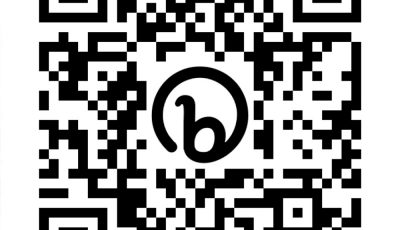The Fourth of July
There is nothing more sacred in the holidays of the United States than the Fourth of July. I am writing from across the northern border in Calgary, Alberta, where we just celebrated the bright red of Canada Day on July 1.
The young Canadian visa officer who welcomed me at the airport asked how long I intended to stay and had I been in Canada before, so I told him that I planned on being around for a couple of weeks but that I lived in the ’70s in Saskatchewan. He gave me a long face and said: “Oh, I feel sorry for you!” Perhaps he was just showing me an example of the Canadian understated sense of humor, though I found out later that there is a sporting rivalry and social competition between the two provinces.
Some comments I made of late on the U.S. sound anti-American. I do not consider myself a contrarian but it is well to reflect on my country from outside its borders, particularly from the land of Justin Bieber who delights in the company of American ladies and Toronto Mayor Rob Ford who sniffs the white snuff readily available on our streets; there is a sporting but competitive ambience between the two countries.
One of the things we utter on the Fourth of July is our pledge of allegiance. “I pledge allegiance to the flag of the United States of America and to the Republic for which it stands, one nation under God, indivisible, with liberty and justice for all.”
A chronology of the pledge with additions in italics shows that the pledge began in 1892 simply as: “I pledge allegiance to my Flag and the republic for which it stands, one nation indivisible, with liberty and justice for all.” By 1922, “and the republic” became “and to the republic.” By 1923, it became “allegiance to the Flag of the United States,” with “the United States of America” made specific by 1954, and finally, “one Nation under God,” from 1954 to the present.
The religious amongst us quarreled over the addition of “under God” inserted during President Eisenhower’s watch, with the non-theist questioning the propriety of a loaded religious phrase in a secular pronouncement. The debate continues, though no longer on the denominational divide in Christendom as it once was, to the issue of religious relevance in the secular, scientific, and urban world.
“Indivisible” is reality in progress. Satirist Borowitz in The New Yorker wrote when Kerry urged Maliki to convene a unity government that Iraq might actually get a unity government before the United States gets close to being one. PM Maliki, of course, junked Kerry’s suggestion since conflict rather than conciliation is the language of relationship in the region of black gold. At least the Iraqis are forthright without the pretense we go through in the U.S. political process.
On “liberty and justice for all,” we strain hard to even come close to claiming that we are working on the project. In 1866, the first Civil Rights Act was passed to protect the African-American former slaves who became citizens to be treated equally under the law. That did not happen. It is now the 50th year of the Civil Rights Act of 1964, almost a century after the 1866 Act, outlawing discrimination based on race, color, religion, sex, or national origin. JFK started the ’64 Act, and LBJ the consummate congressional master got it passed without much of a hitch, getting it refined in ’65 with the Voting Rights Act, adding equal housing in ’68, and the disabled, mentally ill, and the elderly thereafter. It remains a work in progress, though Obama gave the race issue a major dent from the discrimination I encountered in ’65.
So “liberty and justice for all” remains a work in progress, particularly if one lives in Castro District of SF in the Bay Area with the LGBT crowd appropriately leading the WorldPride March this Fourth of July, now observed as a multigender celebration around the world. Some of my colleagues now concede that the legal status of same-sex marriage is a done deal (more pro-states exceed the con), like the way the Civil Rights Act 1964 led to the legal emancipation of the African-American from the structures of racial segregation, but the specifics of the unraveling remain a painful ordeal to many.
“Outlawing discrimination based on race, color, religion, sex, or national origin” was the ’64 Civil Rights Act’s intent. New Zealand’s 17 percent Maori made the country bilingual, and the 14 percent Asians that include rich Chinese has some folks talking about a multilingual civil society.
There are many in the U.S. who wants to retain an “English-only” national character, though signage in some states and major cities are in “Spanish and English.” We recently commented how many residents are from Asia and Mexico west of the Rockies. With the Mongolian Native Americans, the West Coast of America might just as well be the East Pacific coast of Asia!
So the Fourth of July is no longer just recalling the heroic patriots and militiamen of Concord and Lexington of pre-1776 Declaration of Independence. The Fourth of July in our time is a celebration of the harmony in diversity that is a possible choice of citizens in a landmass shrinking in the digitized world. Nos dejo. Let’s. Soyons.



























